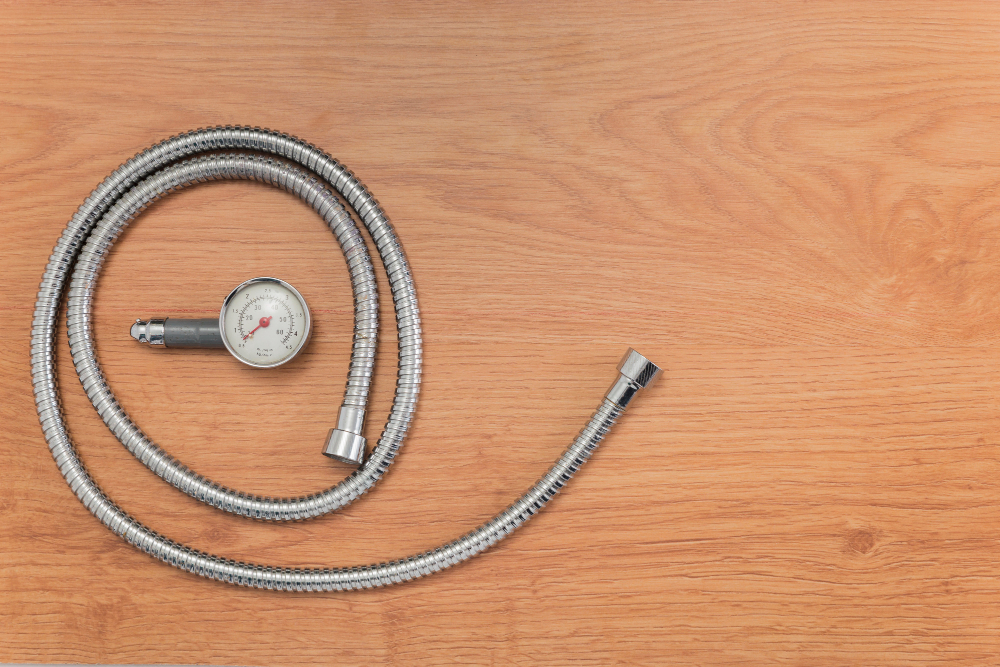Effective inventory management is the foundation of corporate operations that significantly depend on integrating parts like hoses and fittings the vital components of industrial and hydraulic systems. Regular audits are essential to maintaining operational integrity and complying with regulations for individuals overseeing Parker hose and fitting inventories.
Why Auditing Your Inventory is Essential
Regular auditing stands at the forefront of inventory management. An audit can reveal more than quantity discrepancies for an inventory comprising critical elements such as Parker hose & fitting inventory Charlotte, NC. It can prevent faulty components from jeopardizing entire systems, avoid unplanned halts in production or service provision, and help adhere to rigorous safety and quality standards.
The continuous assessment that comes with auditing ensures that all elements of an inventory are up-to-date and able to withstand the demands of their application.
Steps for Conducting an Effective Inventory Audit
Conducting an effective audit of your hose and fitting inventory involves several key steps. It starts with planning, coordinating staff, and choosing a suitable time to minimize disruptions. Then, cataloguing assets accurately and inspecting the condition of each piece is critical. Any anomalies, whether excess stock or deficits, must be addressed immediately to ensure replenishment or disposal protocols are implemented.
Records should be updated following these audits to reflect the latest inventory status. All this, complemented by the careful analysis of data and drawing insights, can help fine-tune the inventory to align with consumption patterns.
How Technology is Revolutionizing Inventory Audits
The advent of inventory management technology facilitates revolutions in how audits are conducted. Software systems, for example, can automate many functions, such as monitoring current stock levels. More advanced technologies, such as RFID tagging, allow for touchless inventory checks, whereby the process involves scanning tags affixed to the individual items, drastically reducing errors associated with manual counts.
Collaborations with technology vendors can see the integration of cloud databases that are not just repositories of inventory numbers but analytical hubs that offer insights into usage patterns, forecast needs, and automated reordering thresholds designed for greater efficiency and cost savings.
The Role of Data in Inventory Auditing
Today’s world is data-driven, and inventory auditing is no exception. By leveraging the correct data, businesses can maintain optimal inventory levels, predict seasonal variations in part requirements, and prepare for future demand. Data can highlight inefficiencies and pinpoint where adjustments are needed, making information a powerful tool for decision-makers. Companies can use this analysis to establish dynamic purchasing patterns, negotiate better deals with suppliers, and reduce wastage.
Minimizing Loss Through Regular Inventory Checks
Inventory loss can stem from theft, damage, and misplacement. However, regular checks and audits can identify these issues early, allowing for rapid resolution. In the context of Parker hoses and fittings, this could mean catching a batch of degraded seals before they are used in critical applications, thus averting potential failures and the high costs associated with repairs and maintenance that follow. Instituting a routine of meticulous inspections and verifications is a preventive mechanism, safeguarding against loss and ensuring that inventory maintains its value and purpose.
Training Staff for Better Inventory Practices
The best systems and processes are only effective with the proper human element. Staff responsible for handling Parker hoses and fittings should be well-versed in the best practices of inventory auditing to ensure the process is successful. Through ongoing training and development, staff become adept at performing audits efficiently and effectively. Ingraining a culture that values accuracy and diligence in record-keeping can have far-reaching positive effects on inventory management.
Cost-Benefit Analysis
The direct and indirect costs of setting up and maintaining a regular inventory audit schedule can be substantial. However, compared to the potential costs of an unexpected shutdown, the benefits far exceed the investment. Regular audits lead to more accurate budgeting, better maintenance scheduling, and fewer emergency expenditures. Organizations that recognize the financial wisdom in preventive measures and data-driven strategies will invariably positively impact their bottom line over time.

